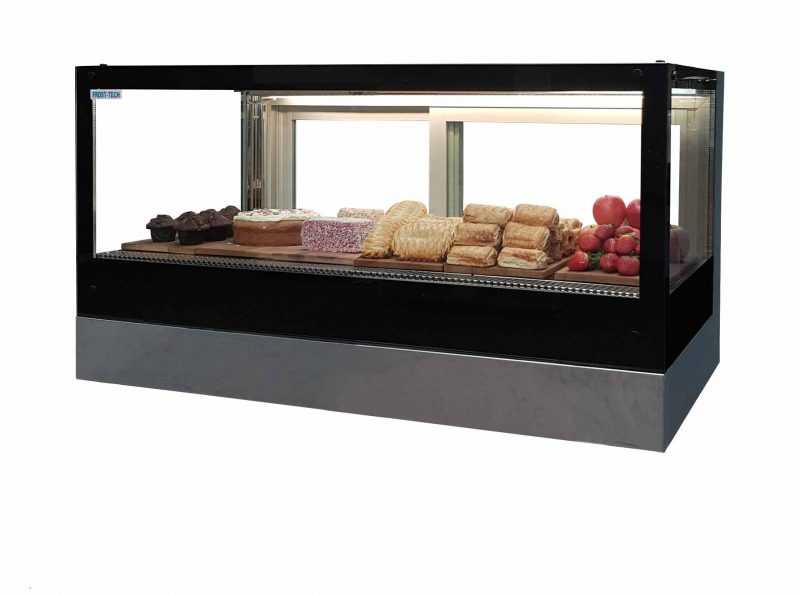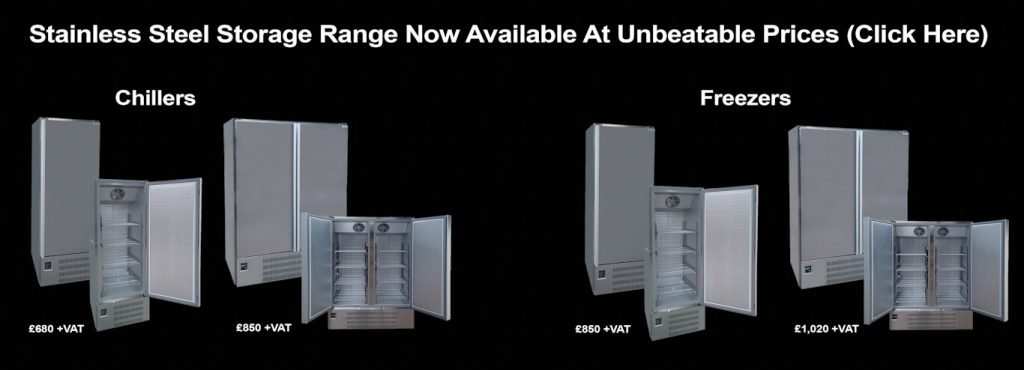A display fridge or a meat fridge and other commercial fridge cabinets will ensure your company respecting food safety requirements. Keep Hot Foods Really Hot, Keep Chilled Foods Really Cold.
The Food Safety Act 1990 (as amended) offers the structure for all food legislation in the UK. The Act provide requirements for businesses to ensure hygiene in their environments. And also, to maintain the highest-quality standards of goods and to present the food in the correct way.
Commercial refrigeration catering equipment is designed for storing packed cooked meats, delicatessen snacks, beverages, dairy products, fruit and vegetables. The display fridge units offer customers these foods in a visually appealing, convenient format.
Health and safety requirements in the food safety Act 1990 context
How to respect the safety food regulations?
What is the “Danger Zone” in safety food regulations context?
Temperature recommendations by safety food Act 1990
Food Safety and hygiene recommendations

What means Food Safety?
To improve food safety in a catering business, we need first understand what food safety means. But also, how to equip with the appropriate commercial refrigeration cabinets.
In short lines, is relatively simple to understand. Food Safety provides all aspects of assuring that food is safe for a person to eat. Most important, food safety is regulated by the Food Standards Agency (FSA) and is founded by UK regulations.
EU and UK regulators require manufacturers, retailers and caterers to keep perishable food in safe conditions. Moreover, they demand to stock goods at correct temperatures during preparation, processing, transport, storage or display.
Consequently, harmful bacteria can easily multiply at temperatures above 7°C. So, storing in colder temperatures will keep most of these pathogens from growing and multiplying.
Food Hygiene describes more specifically the concerns of food poisoning illnesses. And that, because of primarily bacterial contaminants, and other chemicals or physical hazards. So, we basically define food hygiene as the insurance that food doesn’t harm us with allergies and bacteria.
Food safety importance
Commercial refrigeration is the only correct and legal solution to assure safety and health in a food grocery business. Moreover, for companies operating in the food industry, produce must be made in a safe and hygienic environment. There are many factors to take in consideration in order to correctly functioning in food safety and hygiene.
But failure to comply to food safety regulations could lead to disruptions of bacteria which cause food poisoning illnesses.
A basic part of healthy eating is to storing foods in safe conditions. USA government estimates that foodborne illness affects every year approximately 1 of 6 american citizens. That means 48 million Americans, leading to 128,000 hospitalizations and 3,000 deaths yearly.
Above all, food can be carried in many different environments, with no commercial refrigeration units, from the farm to homes. So, the producers and retailers can reduce food contamination and help keep food safe by respecting food safety requirements.

Health and safety requirements
As UK government informed us, it is a must not to leave the:
- food with a use-by date
- cooked dishes
- other ready-to-eat food such as prepared salads and desserts
standing around at room temperature.
So, you need to make sure that these goods stays in correct chilled conditions in commercial fridge cabinets. But, when you are serving cold foods, you can keep them outside the fridge for up to four hours. If any goods stay after this time, you must urgently put them back into the fridge or throw away.
Legal temperature required
Only the goods with the following temperatures may be stored in commercial fridge cabinets. And we should keep these products within specified temperature ranges. Salad, fruit and vegetables must be chilled at +5° C to +8° C. Also, store dairy and delicatessen, snacks such as sandwiches, cooked meat and cooked poultry at 0° C to +5° C.
Check regularly your display fridge to has the adequate temperature to ensure the commercial refrigeration standards.
Also the food vendors need to respect the food hygiene best practices when they stock and sell perishable items. In a survey in 2017 published by U.K. Food Safety Agency, 43 % of respondents reported concern about food safety in British shops and supermarkets.
So, our role is to assure consumers of the best health and safety practices.
Tips to respect the safety food regulations.
Getting it wrong may increase the risk of harmful levels of bacteria growing in food meant for sale. And tainting other food products in the display fridge case, potentially adversely affecting customers’ health. Getting it right protects everyone, from shop owner to consumer!
Always Be Aware of the Location of Other Heating and Cooling Sources! Maintain cold goods in top-quality commercial display fridge cabinets or under counter fridge units. Also, stock the hot foods in Heated cabinets separated from other type of goods.
The location of display fridge cabinets must be carried out by qualified technical personnel. The commercial fridge units shouldn’t be operated in a room ambient temperature over 25 °C and 60% relative humidity. You should install air conditioning and an extract system, if operating a commercial refrigeration cabinet in temperature over 25 °C.
The “Danger Zone”
Most dangerous bacteria grows at temperatures above 8°C and below 63°C. This range ware the name of “Danger Zone” for microbial growth. That’s why we advise that the safest way to defrost food is in the fridge overnight. By defrosting in a commercial fridge, your food will never fall in the “Danger Zone”. The coldest part of storage or display fridge should be at 5°C or below 8°C, as some bacteria can grow.
Shop owners have the responsibility of insuring that the display fridge and meat fridge cabinets are suitable for their goods purpose. Commercial fridge units shouldn’t be loaded with non-refrigerated products or used to cool products. Goods should be stocked on the multi decks in a way that ensures they are correctly rotated. Changing the configuration of the commercial fridge equipment or adding elements without the manufacturer’s authorisation may cause incorrect operation.
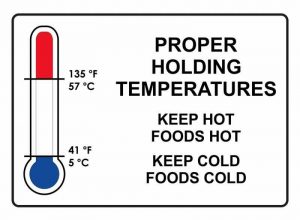
Temperature recommendations
Proper use only means the use as described above, adhering to the specifications on installation, operation and service. Any other use is contrary to specifications and may hamper the equipment’s performance.
The chart below provides the accepted temperatures in commercial refrigeration units for the best food safety practice. We offer it together with the recommended period of time involved where appropriate.
Keeping food in commercial refrigeration equipment at these temperatures plays a major part in ensuring the food safety. So, do not leave food standing in a room, or in sunlight (such as in a shop window)!
Cooking at 70° C or hotter for sufficient time kills most pathogenic bacteria. But some bacterial spores can survive high temperatures. You must always cook the food thoroughly, right through to the centre of the thickest part.
| Stage of Food Handling | When to Check | Recommended Safe Temps |
| Delivery | For every delivered perishable food | 0° C to +7° C ideal temp for refrigerated food. – 22° C to – 18° C ideal temp for frozen food |
| Storage in refrigerator or cold store | Daily, at least | 0° C to +7° C |
| Storage in refrigerated counter or display fridge | Daily, at least | 0° C to +7° C |
| Deep Freezer | Daily, at least | – 18° C or below |
| Defrosting frozen meat or poultry | Whenever thawed food | 0° C to +7° C for 2 mins |
| Cooking | Whenever cooked food | Minimum core temp.of + 70° C |
| Cooling | Whenever cooled food | +7° C or cooler, ideally within 90 minutes |
| Re-heating | Whenever re-heated food | Minimum core temp.of +70° C for 2 mins |
| Hot food on display | Frequently while on display | Minimum core temp of +63° C |
| Cold food on display | Frequently while on display | 0° C to +7°C recommended temperature |
Other Food Safety Recommendations
Design and plan the location of your commercial refrigerators
When design the location, you must find out which areas can be pest hot spots and are susceptible to pollution. Because these areas may cause contamination. So, first assure that the location is planned to eliminate contamination, with hand washing stations which are in perfect conditions.
Understand your equipment
Make sure your food handling and processing is always at the highest standards, storing goods just in commercial refrigeration cabinets. Consequently, select appliances which complies with food safety regulations. Moreover, design the placement of your equipment in the way that you can easily ensure cleaning, maintenance and monitoring.
Most important, regularly verify you machinery and make maintenance in the specified periods.
Take measures to control pests
Pests, such as insects, rodents, and other animals, can quickly create their living space in your establishment and spread diseases. And they may contaminating goods with foodborne illnesses or causing costly damages. The environment should be inspected, sealed, and cleaned.
Provide a conforming waste management
Make strictly procedures to store and dispose of waste, in accordance with legal requirements. And that because is a key factor of food safety. Ensuring sufficient storage areas and containers for waste and regularly discarding them, can help to prevent the risk of contamination.
Clean regularly
Regularly ensure cleaning and disinfecting food preparation areas. Consequently, clean the equipment used in food processing, also the commercial refrigeration machinery to reduce the risk of contamination. Use just the appropriate disinfectant products to ensure a correct decontamination, and follow the manufacturer’s instructions.
Assure the hygiene
Most important, you must clean food preparation areas, machinery and equipment regularly. A proper hygiene will avoid the possibility for potentially dangerous chemicals that contaminates the produce during food production. Moreover, you need to have relevant measures to prevent accidental environmental contamination.
As bacteria easily spreads through contamination, you must provide correct cleaning facilities to maintain the best standard of personal hygiene. Train the staff to wear clean clothing, wash their hands frequently, cover their hair and remove jewellery (except wedding bands).
Respect food safety regulations during handling, storage and transport
Best hygiene practices must also be respected during the handling, storage and transport phases to ensure goods are not contaminated. So, you must remember to control the temperature of commercial refrigeration equipment. Accordingly to maintaining cold food below 5℃ and hot food above 60℃. And most important, you will prevent the deterioration of the products.
Train the staff adequately
All the personnel must make the adequate training in the correct procedures for:
- food preparation,
- food storage,
- hygiene,
- cleaning,
- waste disposal
- pest control.
In conclusion, your employees will understand the importance of food safety. And they can bring their contribution to reduce the risk of contamination in your company.
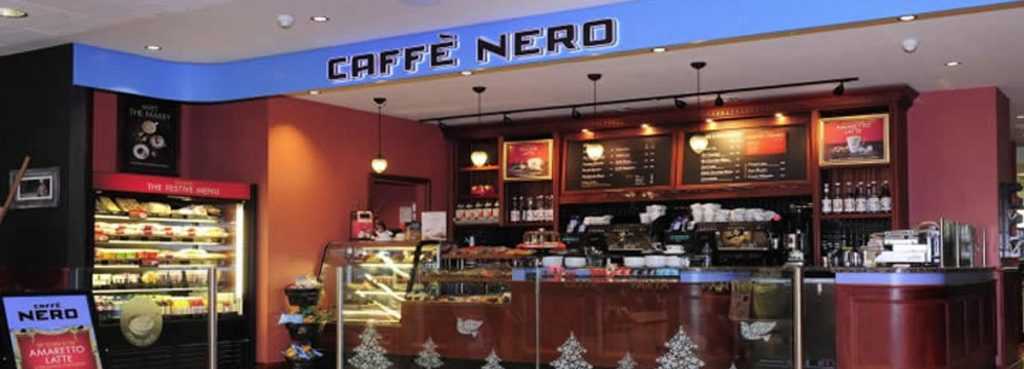
Food import regulations
Until the United Kingdom officially leaves the European Union, the same EU food safety regulation will apply in UK, too. Brexit negotiations include negotiations on how this may change after that.
But for the moment, there are no import controls at borders on imported food from other EU member states. Anyways, European food providers from outside the EU do have to comply with EU food regulations.
All imported goods must respect the same food hygiene and safety law requirements as UK produced food. Imported food may be subject to customs verification by British authorities at import points, and inland.
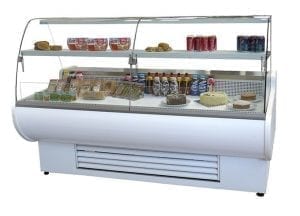
Conclusions
Even if it’s common sense, remember: keep hot foods really hot, keep cold foods really cold!
Equip your business with just the best commercial fridge displays. Display fridge or display freezer for presenting the goods, and storage fridge cabinets like meat fridge for storing the food. Moreover, if it’s possible, buy commercial refrigeration equipment at the lowest prices. And this is available when your buying directly from a commercial fridge manufacturer like ECO-fridge UK ltd.
Read more interesting articles:




